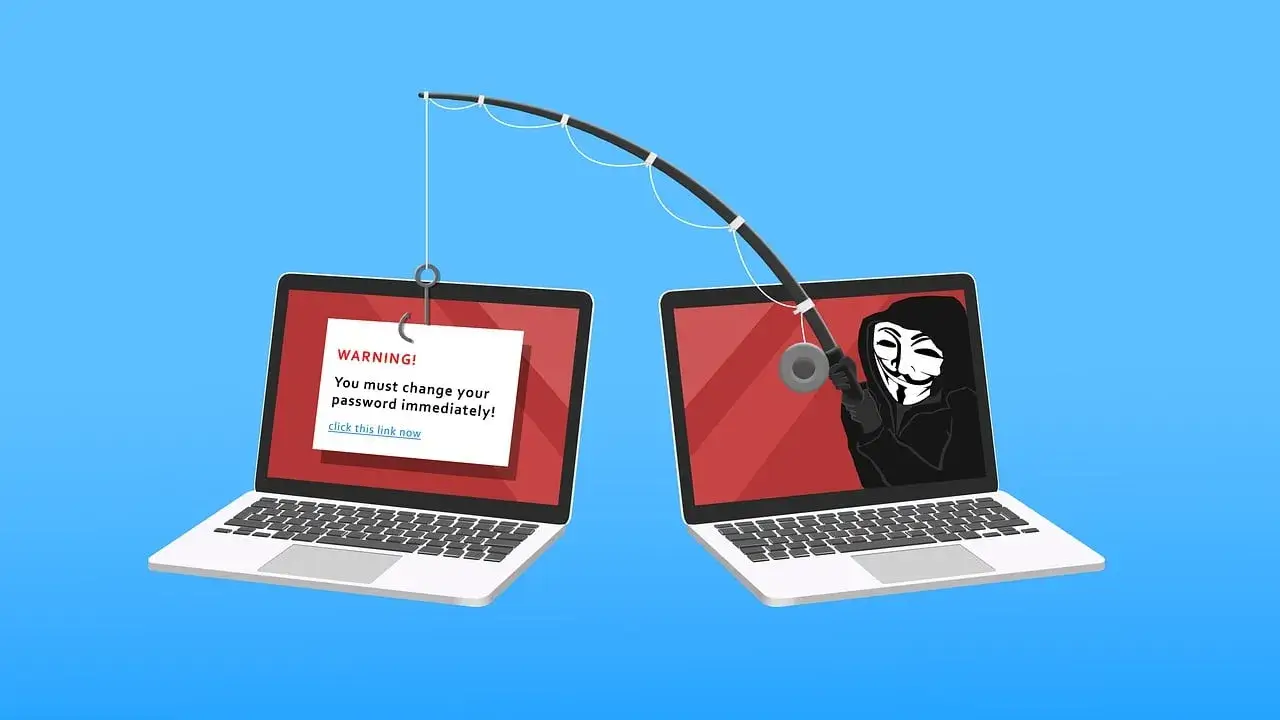August 14, 2023

Email, also known as electronic mail, has become an integral part of our daily lives in recent times. Its widespread usage spans various purposes, including conducting business transactions. However, with the increasing reliance on digital technology, the threat of cybercrime has grown significantly. Among the prominent cyber threats faced by businesses today, one that requires particular attention is what is known as BEC.
What does BEC stand for?
BEC stands for Business Email Compromise, also known as Email Account Compromise (EAC), and ranks among the most financially detrimental forms of cybercrime. This insidious scheme takes advantage of our widespread dependence on email for various personal and business interactions. The rising occurrence of BEC attacks underscores the importance of addressing this issue. In 2022 alone, BEC attacks witnessed an alarming 81% surge, while a staggering 98% of employees failed to report such threats.
What exactly is Business Email Compromise (BEC)?
It is a fraudulent scheme employed by criminals who exploit email communication to target victims, comprising both individuals and businesses. These criminals primarily focus on individuals involved in wire transfer payments. Their strategy involves assuming the identity of high-ranking executives or trusted business partners, sending deceptive emails to employees, customers, or vendors, and requesting payments or funds transfers. According to the FBI, BEC scams inflicted approximately $1.8 billion in losses on businesses in 2020, with the figure increasing to $2.4 billion in 2021. These scams can wreak havoc on the financial well-being of businesses and individuals, as well as tarnish their reputations.
How does BEC actually work?
BEC attacks are often meticulously planned and executed with sophistication, making it challenging to detect them. Attackers commence by conducting thorough research on the targeted organization and its employees. They gather information about the company’s operations, suppliers, customers, and business partners, much of which is readily accessible online through platforms like LinkedIn, Facebook, and the organization’s websites. Armed with this knowledge, the attacker crafts an email that convincingly appears to originate from a high-ranking executive or a trusted business associate. The email typically urges the recipient to initiate a payment or transfer funds, often emphasizing the urgency and confidentiality of the matter. The requested payments might be related to new business opportunities, vendor payments, or foreign tax obligations. The email frequently employs persuasive language, pressuring the recipient to act swiftly. In some instances, the attacker may utilize social engineering tactics, such as impersonating a trusted contact or creating a counterfeit website mirroring the company’s official site. These tactics aim to enhance the credibility and authenticity of the email. If the recipient falls victim to the scam and initiates the payment, the attacker successfully absconds with the funds, leaving the victim to suffer significant financial losses.
How to prevent business email compromise
To combat Business Email Compromise, proactive measures can be adopted by both businesses and individuals to mitigate the risk of falling prey to these scams.
Business Email Compromise Training
Educating employees about the risks associated with BEC is crucial for organizations. This includes providing comprehensive training on identifying and avoiding such scams. Employees should be familiarized with the tactics employed by scammers, such as urgent requests, social engineering techniques, and fake websites. Additionally, training should encompass email account security practices, such as regularly checking the sent folder for any suspicious messages, utilizing strong passwords with a minimum of 12 characters, changing passwords periodically, securely storing email passwords, and promptly notifying IT personnel in case of suspected phishing emails.
Email Authentication Methods
Implementing email authentication protocols is another vital step for organizations. This involves the adoption of protocols like Domain-based Message Authentication, Reporting, and Conformance (DMARC), Sender Policy Framework (SPF), and DomainKeys Identified Mail (DKIM). These protocols verify the authenticity of the sender’s email address and minimize the risk of email spoofing. Furthermore, they help ensure that legitimate emails are not erroneously flagged as spam.
Payment Verification and Two Factor Authentication (2FA)
Deploying payment verification processes, such as two-factor authentication or requiring confirmation from multiple parties, can significantly enhance security. Such measures ensure that all wire transfer requests undergo thorough scrutiny to ascertain their legitimacy. Having multiple individuals verify financial payment requests is always advisable.
Organizations should establish a robust response plan to effectively address BEC attacks.
This plan should outline procedures for promptly reporting the incident, freezing the transfer if possible, and notifying law enforcement authorities.
Utilizing anti-phishing software can prove invaluable for businesses and individuals in detecting and blocking fraudulent emails. As artificial intelligence (AI) and machine learning continue to advance, these tools become increasingly effective. Businesses must remain vigilant and take proactive steps to safeguard themselves from phishing attacks.
Do not underestimate the potential risks. Every moment counts, as funds can vanish irretrievably from your account. Contact Tech Eagles today to explore our email security solutions and protect your business emails effectively. We can also provide quality cybersecurity training for you and your team to better protect your business.
